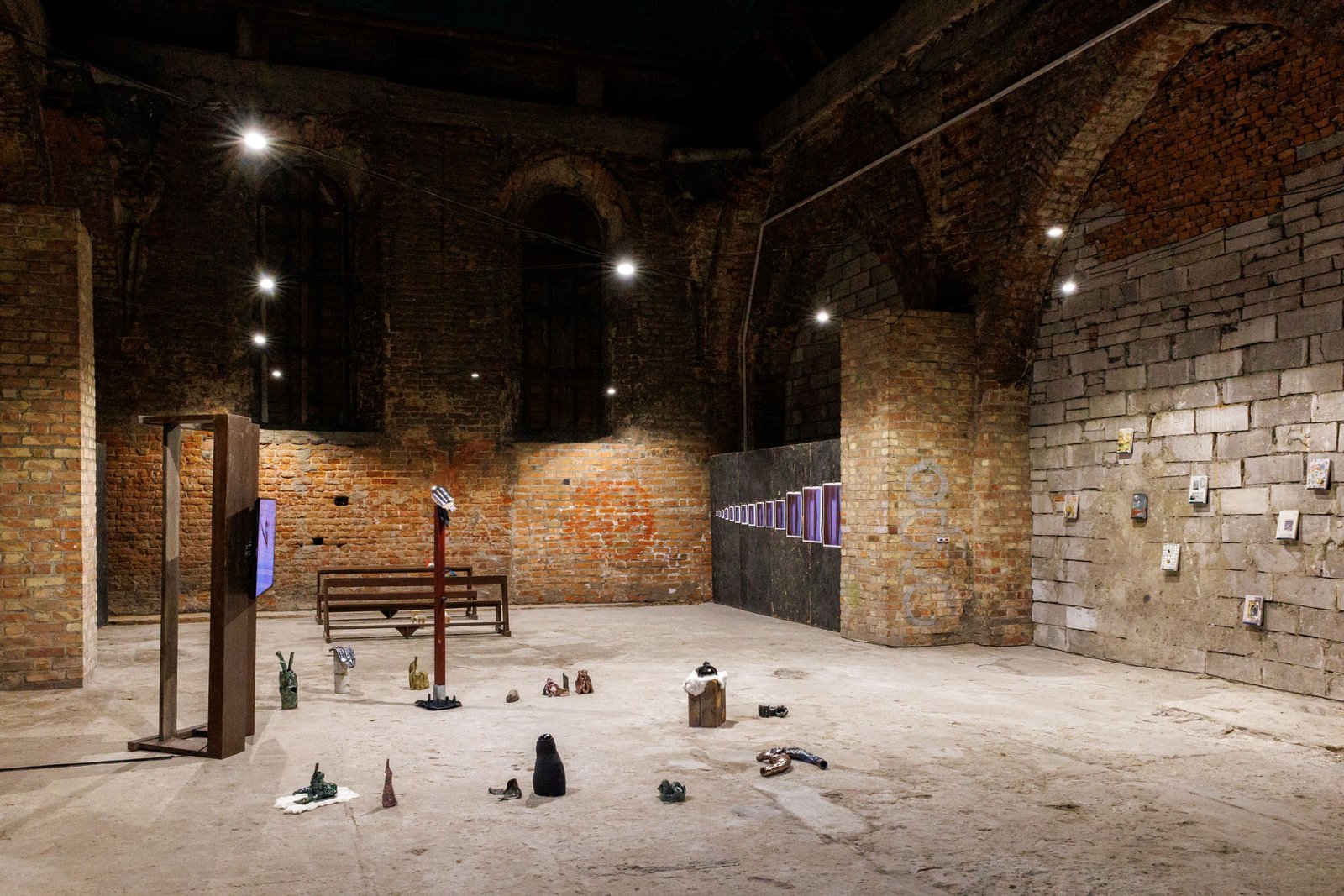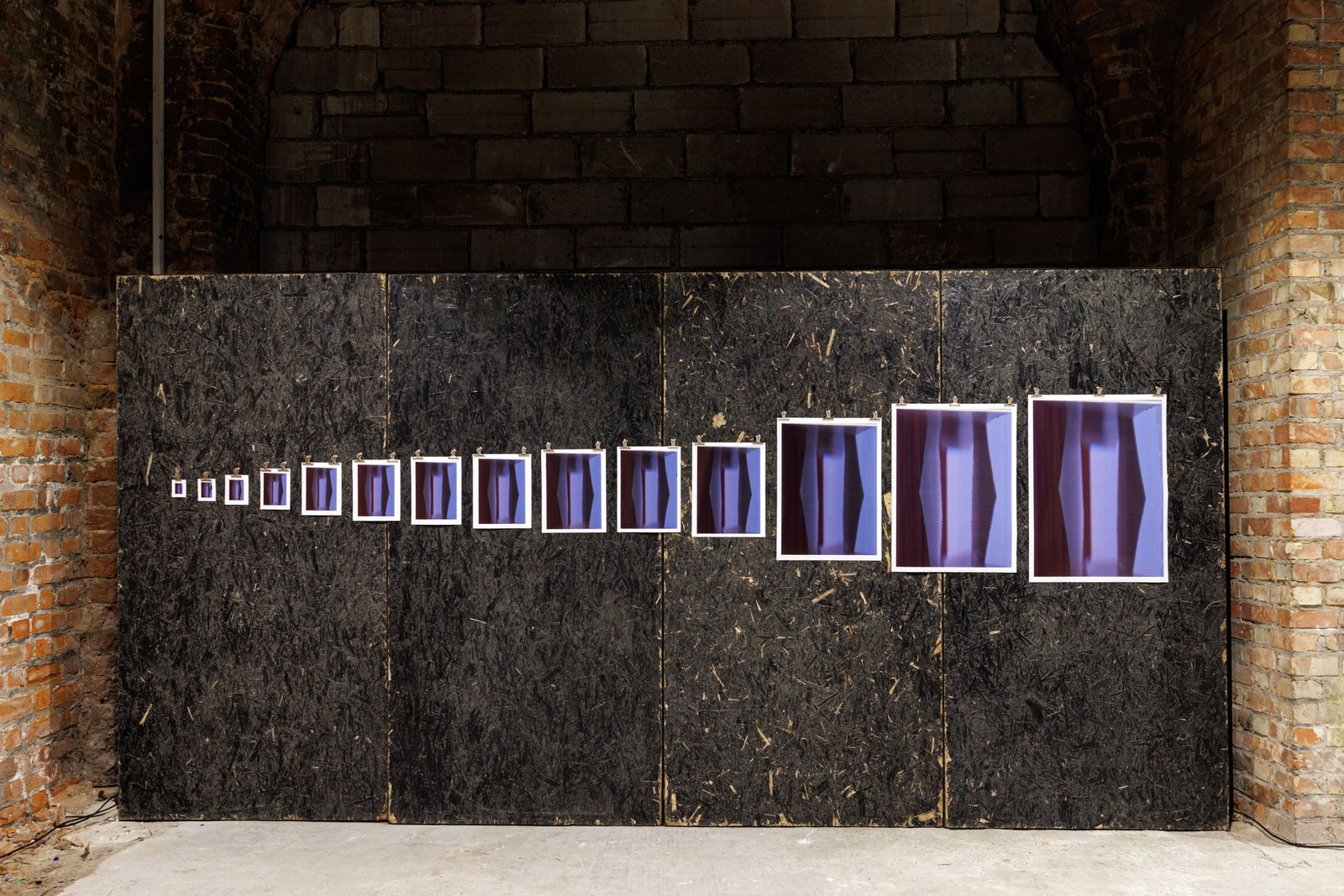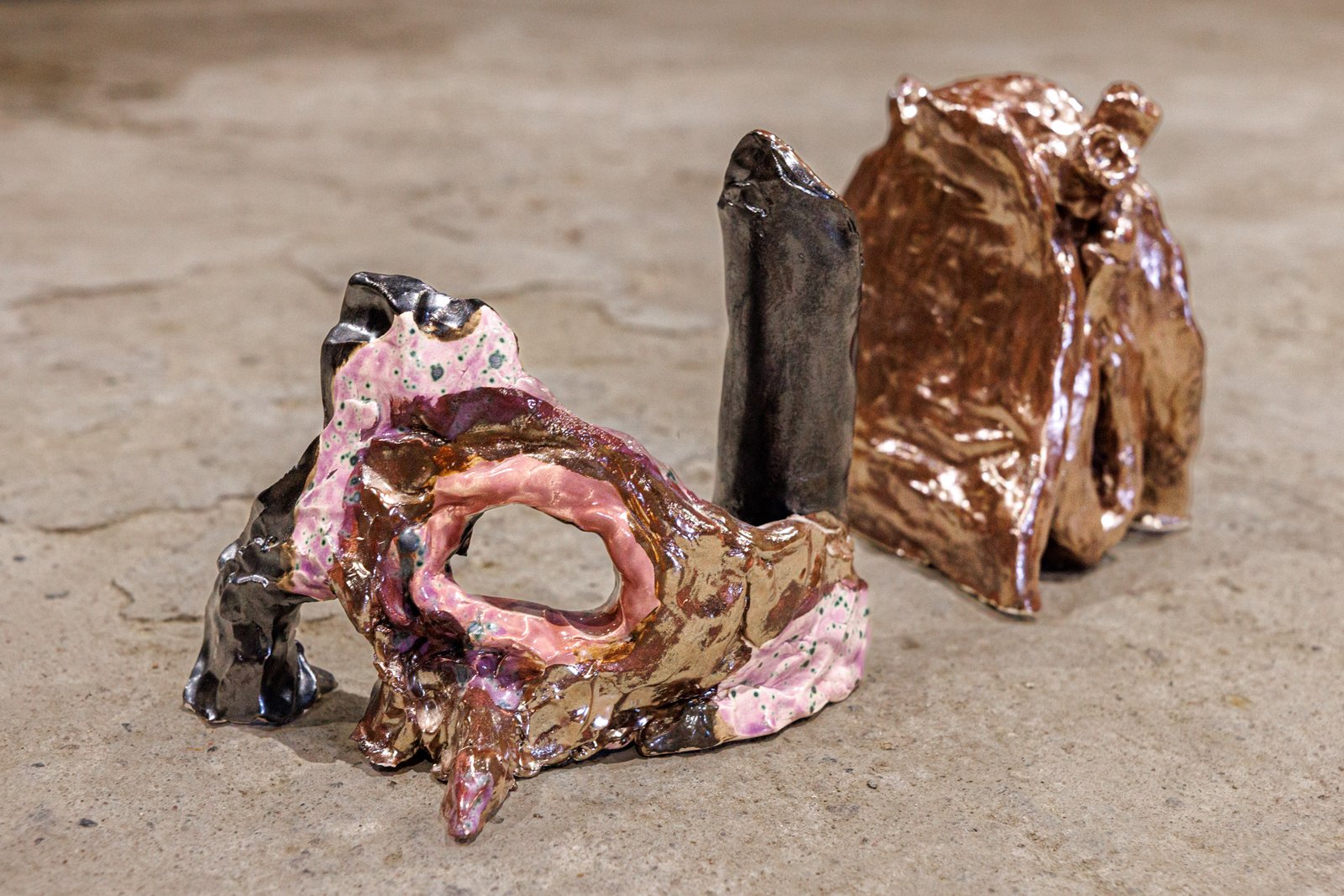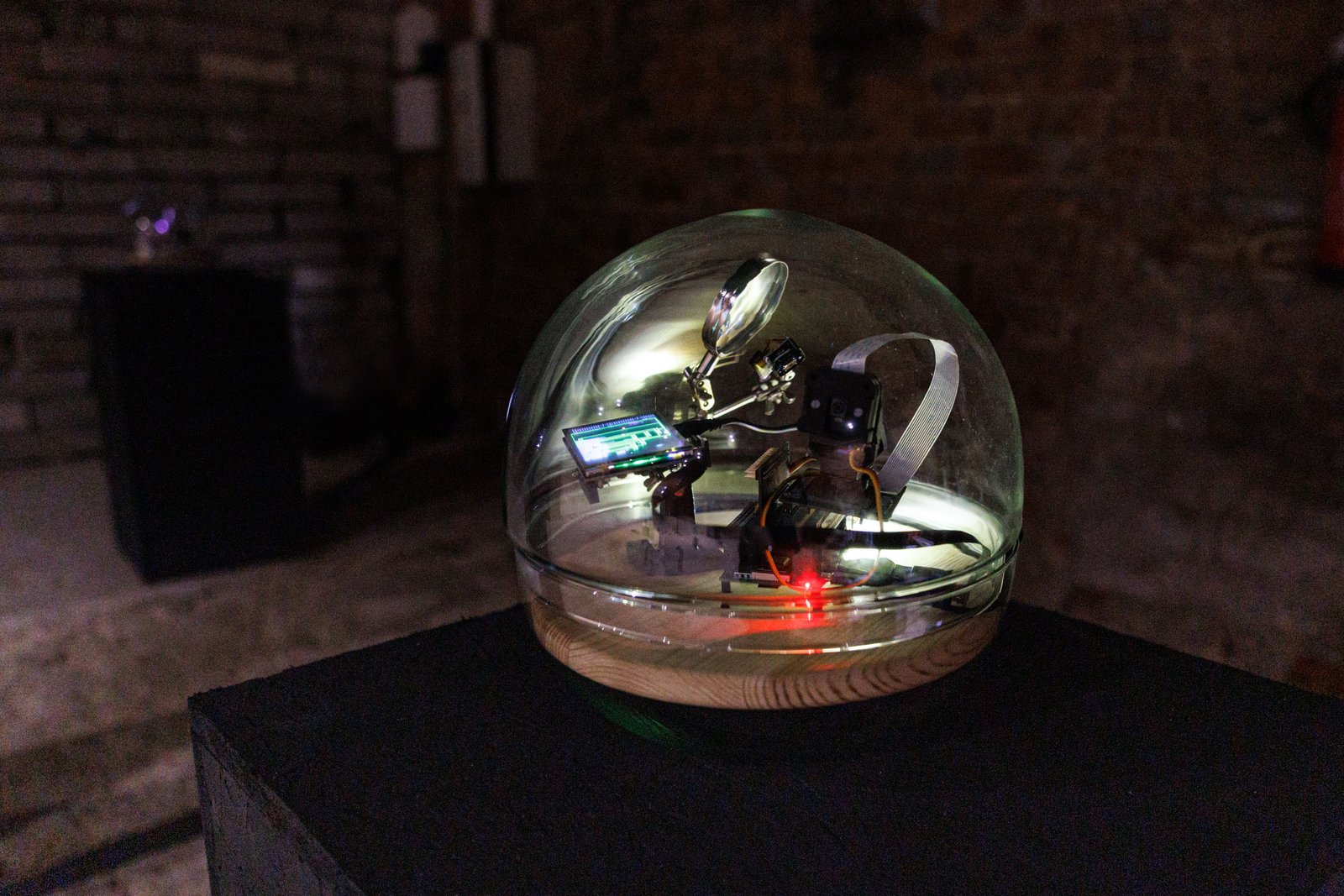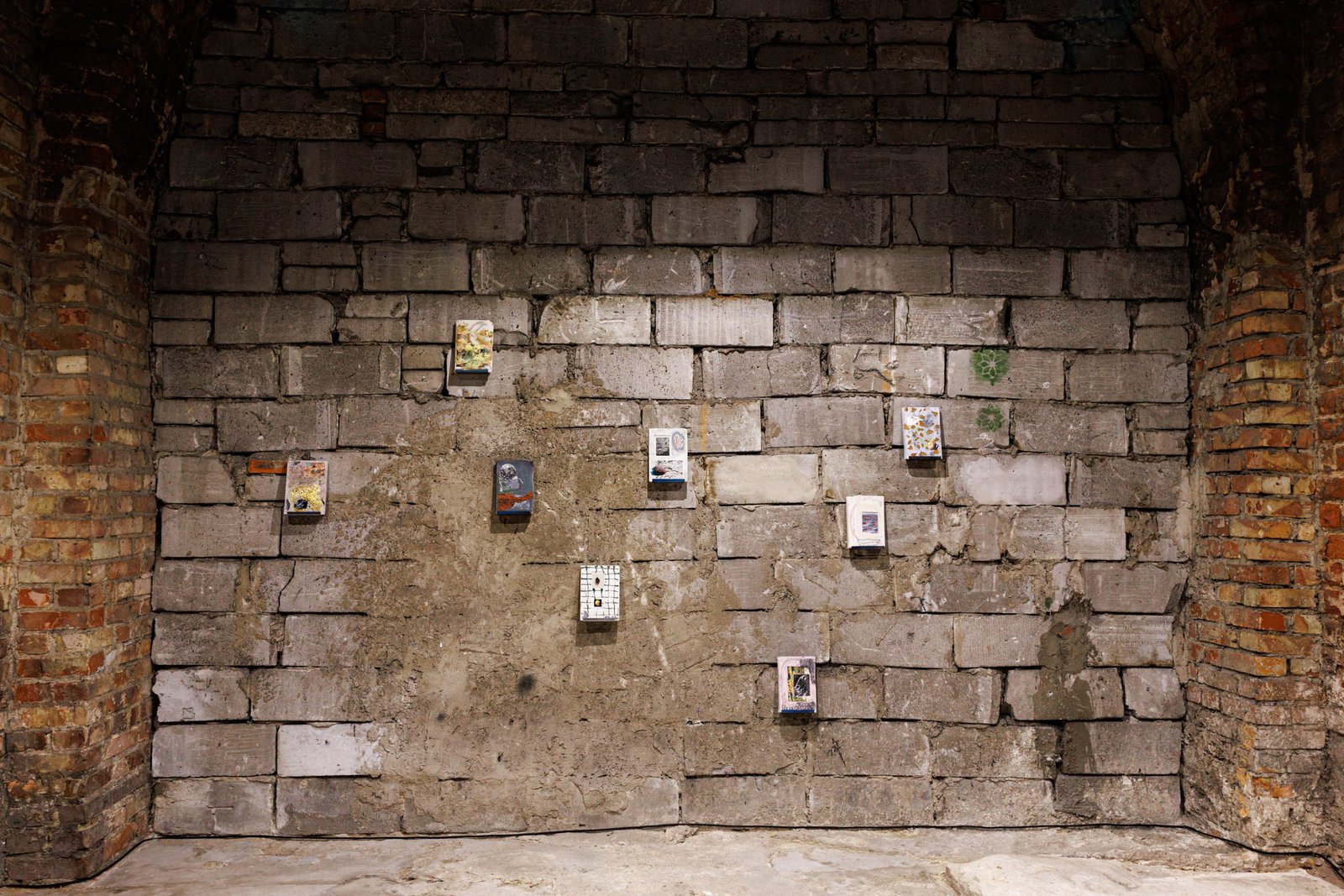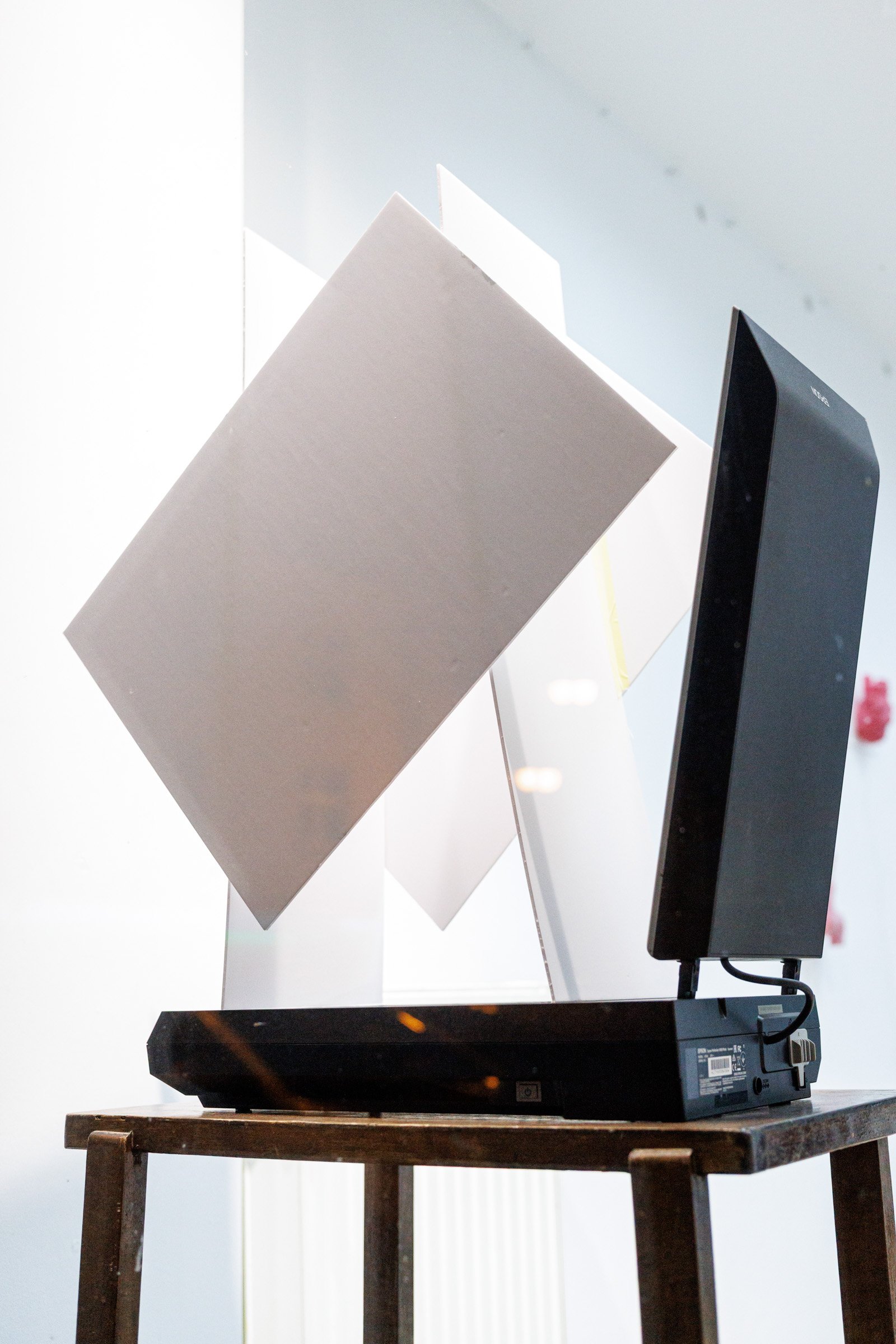N-Body Problem
Sarah and Joseph Belknap
Neo Chung
Sophie Erlund
Romeo Gomez Lopez
Max Guy
Dominika Łabądź
Taking Jerzy Boroń’s 1969 sculpture Monument to the Space Age as a starting point, the festival and its accompanying exhibition explores the multifaceted theme of outer space through the lens of contemporary art. This peculiar memory of a bygone era has, over the decades, become an icon of the local community and a defining feature of the landscape. The optimistic ideals about space have, for centuries, captivated the inhabitants of our “pale blue dot,” intertwining with collective anxieties and political will. The inaugural edition of the festival, The N-Body Problem, examines the influence of scale and macroscopic forces that both obscure and connect back to our own bodies. The three-day festival and two-month exhibition bring together international artists working across various media—from performance and short film to visual art—whose works delve into emerging and imagined technologies, projecting themselves and their audiences into the future.
When did the Space Age actually begin? Was it in 1657, when Savinien de Cyrano, known as de Bergerac, published the first novel in his Other World cycle: Histoire comique des États et Empires de la Lune? Or in 1938, when Otto Hahn accidentally split the atom (a breakthrough whose implications Lise Meitner was quicker to grasp)? Or maybe on October 4, 1957, when the USSR launched Sputnik, the first artificial satellite into Earth’s orbit? Undoubtedly more spectacular was April 12, 1961, when Yuri Gagarin made his first spaceflight, orbiting—though not quite circling—the globe. In the West, imagination was just as powerfully stirred by the photographs of Neil Armstrong and Buzz Aldrin landing on the Moon. And of course, the publication of the Blue Marble—the image of Earth taken with a Hasselblad camera during the Apollo 17 mission on December 7, 1972. Each of these events altered the scale by which we measure the significance of the human species in relation to everything else that exists. According to the observer effect, the act of measurement changes the system being observed. In some sense, it also changes the observer.
A year after Russia’s invasion of Crimea, in 2015, Chinese science fiction writer Cixin Liu was awarded the prestigious Hugo Award for his novel The Three-Body Problem. The first volume of his trilogy Remembrance of Earth’s Past is a sophisticated allegory of contemporary politics, dressed in the guise of science fiction.The Earthly present—familiar to us—serves in the book only as a retrospective, revealing the philosophical backdrop of the story’s events. The key to interpreting them lies in a metaphor of evil as an iceberg floating through the waters of humanity. The titular Three-Body Problem is also the name of a computer game played by scientists within an elite organization called The Frontiers of Science. Space becomes a domain onto which we project our fears and desires. The signal sent into the cosmic void is no longer a search for contact, but a gesture of betrayal—a sign of doubt in humanity itself. After all, there’s no certainty that the solution to Earth’s problems lies somewhere beyond our planet—or that civilizations in other galaxies (like those on Earth) would follow moral codes favorable to humankind.
In 1650, the astronomical atlas Urania Propitia (The Gracious Urania) by Maria Cunitz was first published in Oleśnica. She released it at her own expense, as no one had yet realized the significant improvements it brought to Johannes Kepler and Tycho Brahe’s Rudolphine Tables—a compilation of observations on the movement of celestial bodies that enabled astronomy to adopt, in practice, Nicolaus Copernicus’s heliocentric model, thus defining the boundary of the early modern “scientific revolution.” Cunitz was one of the few women of her era whose achievements were later recognized and appreciated—though only after many years.
“Urania” offered mathematical solutions—simpler than Kepler’s tedious logarithms—for the so-called two-body problem, predicting planetary movement in isolated, asymmetrical systems (e.g., the Sun’s overwhelming mass). As products of their time, both Kepler’s and Cunitz’s atlases had not only groundbreaking observational and computational value but also astrological dimensions. Knowing the positions and movements of nearby celestial bodies gave humans, if only briefly, the sense of controlling cosmic space and its influence over them. But that illusion of order was only the beginning of the troubles humanity would face with the establishment of a new horizon of knowledge. Standing at its virtual edge, it became easy to perceive the complexity of systems governed by far more unpredictable, undefined laws. The precision and volume of scientific observation soon demonstrated not only the complexity and external dependencies of the solar planetary system but also its insignificance compared to the universe’s vast scale—and its complications in more than four dimensions. The three-body problem is a mathematical puzzle—a special, minimal case of the n-body problem: a nonexistent equation attempting to find a pattern in the chaotic interactions of multiple objects. Even more devastatingly, failure already begins at the threshold of just three variables. Although born in the minds of 18th- and 19th-century science geeks, the n-body problem is not merely a virtual tactical game—it forms a very real basis for constructing scenarios of Earth’s possible futures.
Do uncertainty and unpredictability inevitably lead to civilizational depression? How much time do we have left to make mistakes with planetary consequences? What remains of Western individualism and democratic mechanisms in the age of post-truth and synthetic information? What does the blue marble look like today? What are “East” and “West” in the 21st century—and what is the Global South contemplating during this time? How does this new scale of observing planetary problems redefine what it means to be human? Will there be war?
Science fiction, from the dawn of the modern era, has been the wild sister of scientific knowledge. It allows us to imagine dangers already visible on the horizon. It often dares to propose solutions scaled to the appropriate spacetime dimensions of the Space Age. At the same time, by relocating the narrative beyond our planetary system, it often serves as a smokescreen—shielding us from the need to confront ecological, political, and social challenges where they truly arise.
Anna Mituś
Participating artists:
Allora & Calzadilla, Joseph and Sarah Belknap, Kaya & Blank, Neo Chung, Kamila Chyziak, Hubert Czerepok, Marcin Derda, Sophie Erlund, Emanuel Geisser, Romeo Gómez López, Max Guy, Dominika Łabądź, Martí Madaula, Sebastian Milewski, Tomasz Opania, Alicja Paszkiel, Kama Sokolnicka, Jarek Słomski, Joseph Tuzzolino
Curatorial team:
Anna Mituś, Sam Stevens, Aleksandra Wałaszek
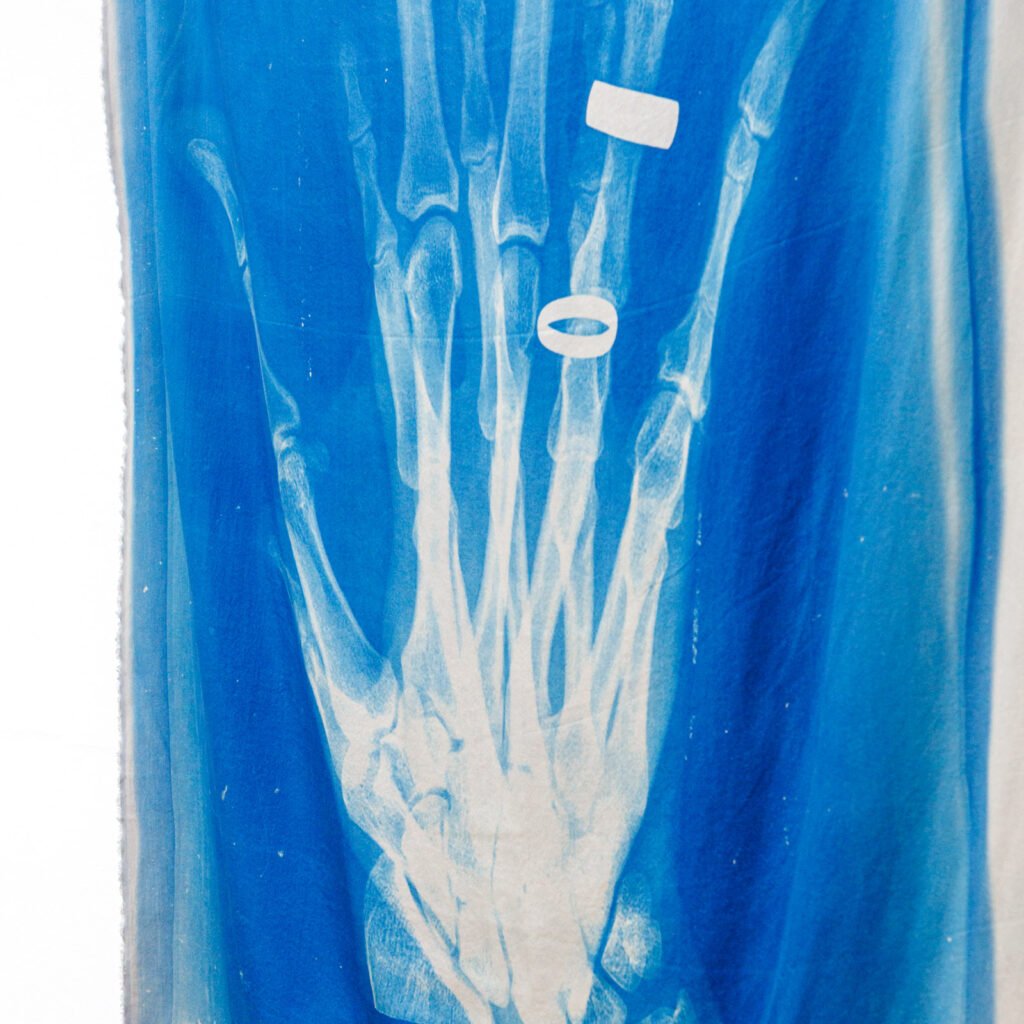
I Have Seen My Death (detail)
Sarah and Joseph Belknap
Cyanotype on silk

Curated by Anna Mituś, Sam Stevens, Aleksandra Wałaszek
Text, Anna Mituś
Photography, Katerina Kouzmitcheva
Graphic Design, Aleksandra Wałaszek
Exhibition Design, Sam Stevens

